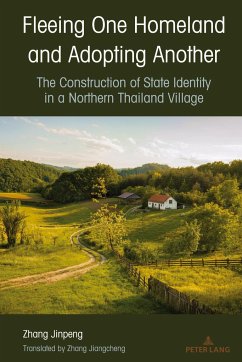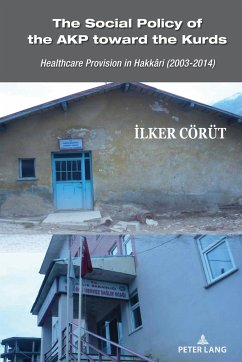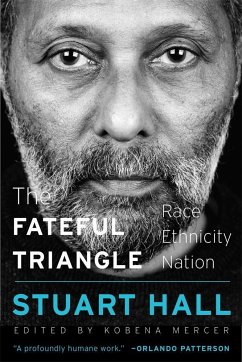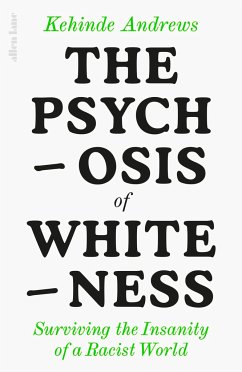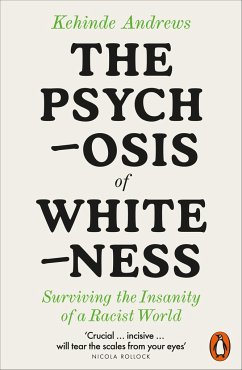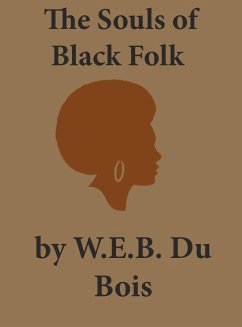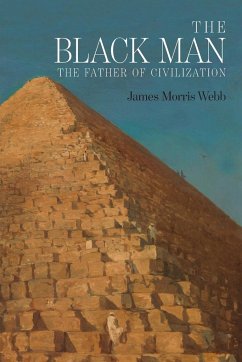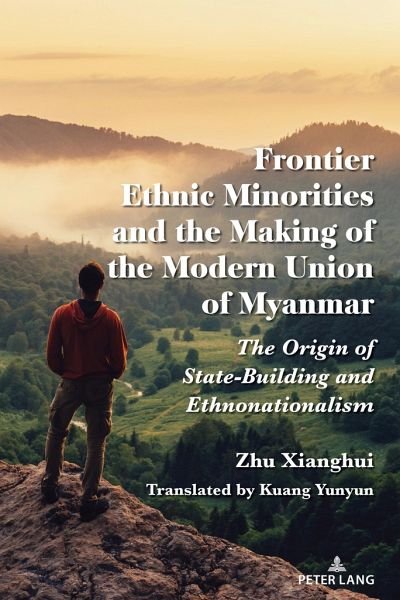
Frontier Ethnic Minorities and the Making of the Modern Union of Myanmar
The Origin of State-Building and Ethnonationalism
Versandkostenfrei!
Versandfertig in 6-10 Tagen
89,95 €
inkl. MwSt.
Weitere Ausgaben:

PAYBACK Punkte
0 °P sammeln!
This book is concerned with three major issues in the relationship between the frontier peoples and the modern Union of Myanmar: the awakening of a sense of national identity among the frontier peoples of Myanmar and their nationalist movement; main factors driving the minorities to merge with Burmans to form a federal union; and the role of the British government in this the interlinked history of Burma Proper and the ethnic minorities.Chapters 1-3 present an overall account of the historical evolution, geographical distribution and colonial experiences of the frontier peoples in 1824-1945. T...
This book is concerned with three major issues in the relationship between the frontier peoples and the modern Union of Myanmar: the awakening of a sense of national identity among the frontier peoples of Myanmar and their nationalist movement; main factors driving the minorities to merge with Burmans to form a federal union; and the role of the British government in this the interlinked history of Burma Proper and the ethnic minorities.
Chapters 1-3 present an overall account of the historical evolution, geographical distribution and colonial experiences of the frontier peoples in 1824-1945. This provides the backdrop to and context for the rise of political awareness in general and a sense of national identity in particular among this population in 1945-1948, which are examined in Chapters 4-6. Key topics include their political coming of age following the end of WWII, the Panglong Conference, the 1947 Constitution and Myanmar's independence in 1948. Chapter 7 considers a number of critical issues, including the complex dynamics of nationalism, Aung San's thought and policy on ethnic minorities and Britain's role in Myanmar's pursuit of independence.
Chapters 1-3 present an overall account of the historical evolution, geographical distribution and colonial experiences of the frontier peoples in 1824-1945. This provides the backdrop to and context for the rise of political awareness in general and a sense of national identity in particular among this population in 1945-1948, which are examined in Chapters 4-6. Key topics include their political coming of age following the end of WWII, the Panglong Conference, the 1947 Constitution and Myanmar's independence in 1948. Chapter 7 considers a number of critical issues, including the complex dynamics of nationalism, Aung San's thought and policy on ethnic minorities and Britain's role in Myanmar's pursuit of independence.






